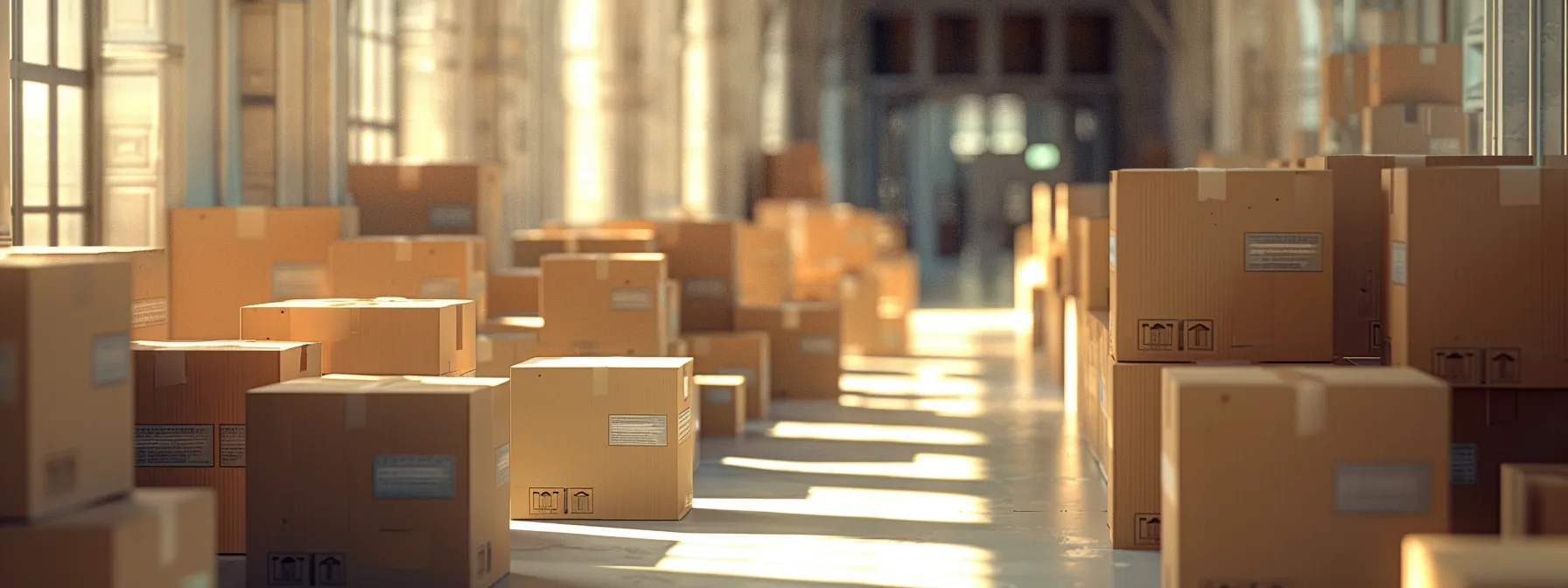How To Prepare for a Long-Distance Move
Moving homes can be an exciting adventure, but when it involves covering vast distances, the complexity increases. It’s important to understand the intricacies of what you’re embarking on to ensure a seamless transition to your new home. From selecting a reputable moving company to packing your belongings properly, every detail matters. Below, we’ll explore the essential steps to prepare for a long-distance move, equipping you with the knowledge to manage this significant change effectively. Keep reading to help turn the daunting task of moving into a well-organized and stress-free experience.
Understanding the Challenges of Long-Distance Moves
One of the primary challenges of long-distance moves is the sheer distance your belongings have to travel. This not only poses potential risks of damage but also complicates logistics and tracking. Handling the emotional aspects, such as leaving behind familiar settings and potentially moving to an entirely different culture, can also be taxing. For an example of a reliable service provider, consider the best long distance movers in Boston MA 2025 for a benchmark in quality assistance.
Budgeting for a long-distance move often requires more attention than a local move. Costs can escalate with fuel charges, overnight stays, and the need for specialized services. Adequate financial planning and an understanding of potential hidden fees are crucial in this regard.
The time it takes to complete a long-distance move is also a challenge. It’s not just a day’s affair; it can span over several days or weeks. The extended time frame demands careful scheduling, especially if you have constraints related to starting a new job or enrolling children in a new school.
Lastly, the psychological strain of adapting to change cannot be overstated. You might be navigating a new job, new neighborhood, or making new friends, all while trying to settle into your new home. Adjusting to these changes requires resilience and often a support system to lean on during the transition.
Creating a Comprehensive Moving Checklist

To keep your long-distance move on track, a detailed moving checklist is indispensable. Begin by itemizing tasks, categorized by timeline, starting several weeks out from moving day. Addressing tasks incrementally avoids a last-minute rush and spreads the workload.
Important elements on your checklist should include securing moving services, updating important documents, and arranging utilities for your new home. Also, schedule time to sort and purge items you no longer need to make your move more efficient and potentially less costly.
Prioritize setting aside essential documents, valuables, and necessities that you’ll carry with you personally. These items should be readily accessible throughout the move and include identification, financial records, and personal care items.
Choosing the Right Long-Distance Moving Company
The company you choose can make or break your moving experience. Research potential movers thoroughly, checking reviews, ratings, and the company’s standing with the Better Business Bureau. Transparent pricing and a proven track record are signs of a trustworthy service provider.
Licensing and insurance are non-negotiable when selecting movers for a long-distance relocation. Verify that the company is licensed to operate across state lines and offers adequate insurance to protect your possessions during transit.
Inquiring about the range of services offered helps ensure a match with your specific needs. Some companies handle everything from packing to unpacking, while others may simply transport your items. Remember to ask about company policies regarding delays, damages, and claims. Being informed about these procedures in advance can save you from headaches after the move and help you understand your rights as a consumer.
Packing Strategies for a Smooth Long-Distance Relocation

Effective packing is key to protecting your belongings over long distances. Begin with high-quality packing materials and boxes specifically designed for moving. Investing in the proper equipment will safeguard your items better than reusing old boxes that may not withstand the journey.
For valuable or particularly fragile items, consider custom crating or additional padding. These extra steps might seem excessive, but when moving across the country, they can be the difference between receiving your belongings intact or damaged.
Don’t pack what you don’t need. Moving provides an excellent opportunity to declutter, donate, or sell items that no longer serve you. Lightening your load can also lower moving costs and simplify your setup in the new home.
Preparing for a long-distance move requires a blend of strong organizational skills and attention to detail. By understanding the challenges, creating a moving checklist, choosing a reputable mover, adopting strategic packing methods, and managing the final logistics, you can make your relocation a successful journey to your new home. Overall, the key is to start early and approach each step with clear focus and planning.




